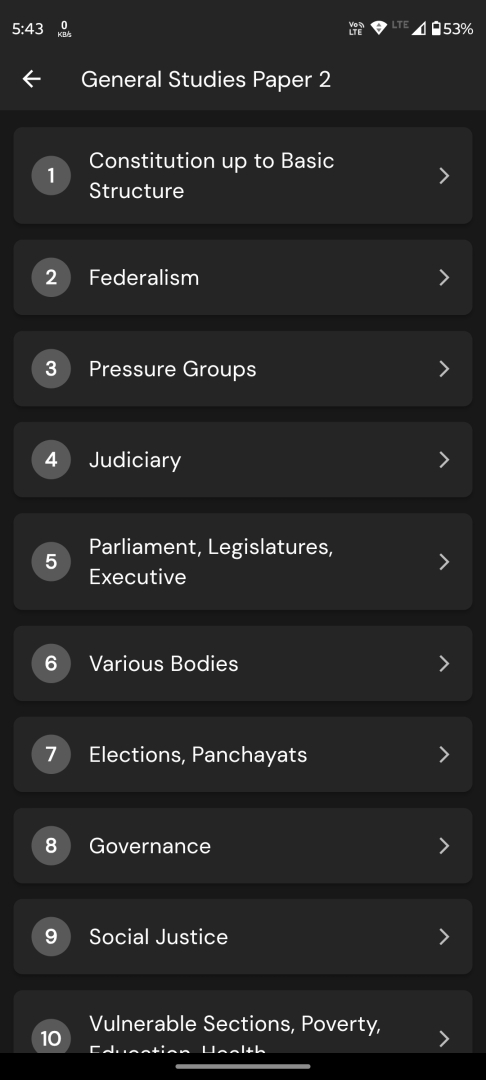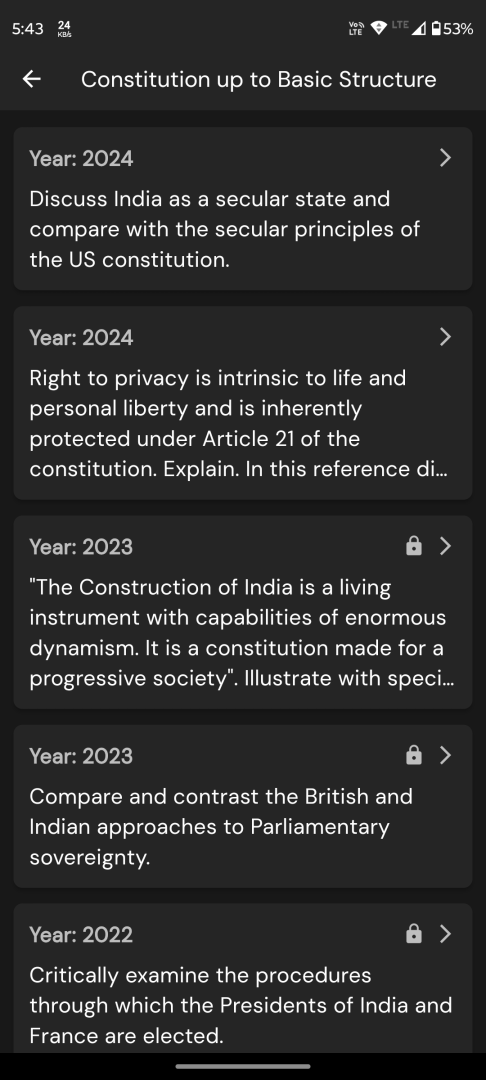Q. Trace India’s consolidation process during early phase of independence in terms of polity, economy, education and international relations.
UPSC Mains 2025 GS1 Paper
Model Answer:
India’s Consolidation Process During Early Phase of Independence
India’s independence in 1947 brought immense challenges – partition’s bloodshed, 565 princely states’ integration, economic backwardness, and establishing international identity. The consolidation process across multiple dimensions laid foundations for modern India.
Political Consolidation
The foremost challenge was forging political unity from a fragmented landscape. Sardar Patel’s diplomatic acumen integrated princely states through:
•Instruments of Accession – Legal framework for voluntary merger, with firm action in recalcitrant cases (Hyderabad, Junagadh operations)
• Constitutional Framework (1950) – Established parliamentary democracy with universal adult franchise, fundamental rights, and federal structure accommodating diversity
• States Reorganisation Act (1956) – Created linguistic states, recognizing regional identities within federal unity, preventing further fragmentation
Economic Consolidation
Breaking colonial economic shackles required systematic planning:
• Mixed Economy Model – Industrial Policy Resolution 1956 demarcated public-private sectors, with state commanding “heights of economy”
• Five-Year Plans (1951 onwards) – Soviet-inspired planning prioritized heavy industries and infrastructure development (Bhilai, Rourkela steel plants)
• Public Sector Undertakings – Established core industries like HMT, BHEL for self-reliance and employment generation
• Land Reforms – Abolished zamindari system, though implementation varied across states
Educational Development
From 12-18% literacy at independence, educational expansion focused on:
• Constitutional Provisions – Free, compulsory education for children up to 14 years
• Institution Building – IITs (1951 onwards), UGC (1956) for higher education excellence
• Three-Language Formula – Balanced regional aspirations with national integration needs
International Relations
Navigating Cold War pressures, India charted independent course through:
• Non-Aligned Movement Leadership – Nehru’s strategic autonomy avoiding bloc politics
• Panchsheel Principles (1954) – Five principles of peaceful coexistence with China
• Anti-Colonial Stance – Supported Asian-African independence movements, opposed racism globally
• UN Engagement – Active participation in peacekeeping, decolonization efforts
Conclusion: These consolidation efforts transformed a fragmented colonial territory into a sovereign, democratic republic despite formidable challenges.




